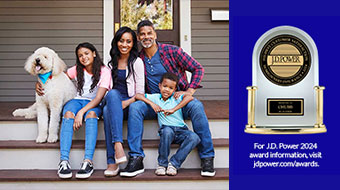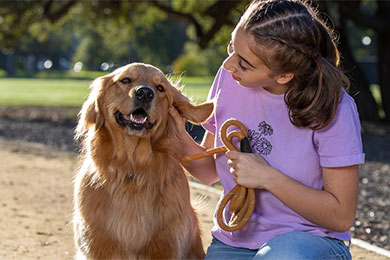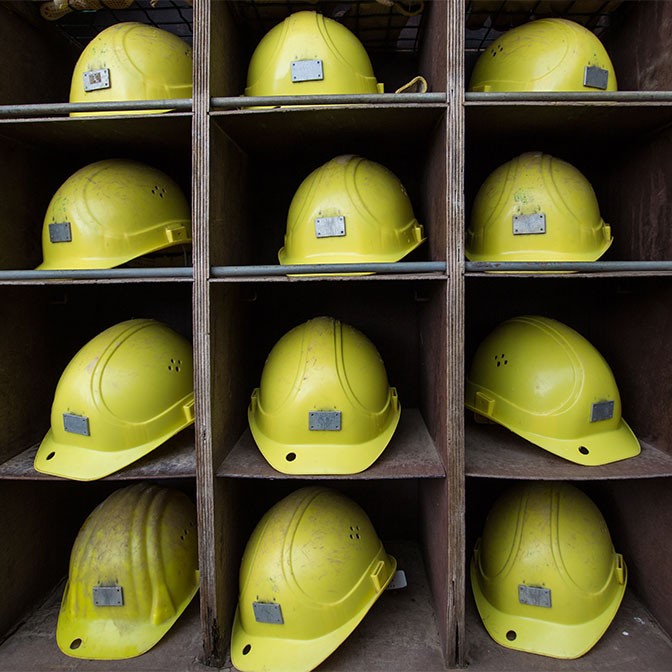- Individuals & Families
- Businesses
- Agents & Brokers
- Embedded Insurance

Chubb ranked #1 for Homeowners Insurance Customer Satisfaction.

Chubb ranked #1 for Homeowners Insurance Customer Satisfaction.

Chubb ranked #1 for Homeowners Insurance Customer Satisfaction.

Chubb ranked #1 for Homeowners Insurance Customer Satisfaction.

Because pets are family, Chubb now offers pet insurance with top-rated coverage from Healthy Paws.

Chubb offers the insurance protection you need for travel’s many “what ifs”.

Chubb protects small businesses at every stage – from newly formed start-ups to long-time anchors of the community.

Stay ahead of cyber threats with our free Cyber Claims Landscape Report.

Learn more about our dedicated learning paths, Online Learning Center, and more.

Many digital-savvy consumers look for it as a core or add-on option.

Many digital-savvy consumers look for it as a core or add-on option.

Many digital-savvy consumers look for it as a core or add-on option.

Chubb’s in-house technology makes it easy to integrate what we do into your customer experience.
-
About
-
Claims
-
Login & Pay Bill
For Agents & BrokersFor Travel Advisors
-
Back
Chubb CSI Tool Box

A typical safety tool box talk session may follow this type of scenario:
A supervisor receives a one-page safety topic from the company safety director. He then gathers the workers first thing in the morning, prior to the start of work or at lunch time, to read the safety topic information to them. During the discussion, the supervisor may interject comments, reiterate company safety policies and ask the workers if they have any questions or comments. Once the tool box talk is completed, workers are asked to sign the attendance roster at the end of the tool box talk document.
Safety related discussions are too valuable and critical to just “go through the motions.” We should never waste the opportunity to walk away from a safety tool box session more knowledgeable and informed then when we walked in.
Chubb Construction has taken a different approach towards safety tool box talks. It’s an approach that engages both the presenter and participants in the information being provided and makes this important safety instrument exciting and engaging.
Following the concept of the popular television series CSI (Crime Scene Investigator), we constructed safety tool box talks that follow a similar theme.
The participants are engaged in construction-related accident scenarios and become involved by presenting the facts and details of the accidents. Rather than immediately going into a discussion on preventive measures and regulations that should have been followed, we invite the participants to do a reconstructive safety evaluation by asking the two following questions:
What are some of the causes that could have resulted in this accident?
What actions could have been taken to prevent this accident from occurring?
These two questions immediately engage participates by soliciting their thoughts as to what went wrong and challenges them to discuss what they would have done. Once this discussion has been completed, the presenter continues by sharing the accident scene conclusion, which provides the actual findings that resulted in the accident, followed by a discussion on preventive safety measures that should be incorporated to prevent a similar accident from occurring.
When delivered correctly, both the presenter and participants are confronted with a situation that is both relevant and common in their work environment and brings to light potentially real acts and consequences to reiterate the dangers associated with the construction industry and the importance of safety.
Chubb CSI Case Studies
A construction worker on a bridge was killed when he fell 120 feet.
A 46 year–old male was fatally injured when he was pulled off of a roof and fell approximately 53 feet to the ground during building window operations.

